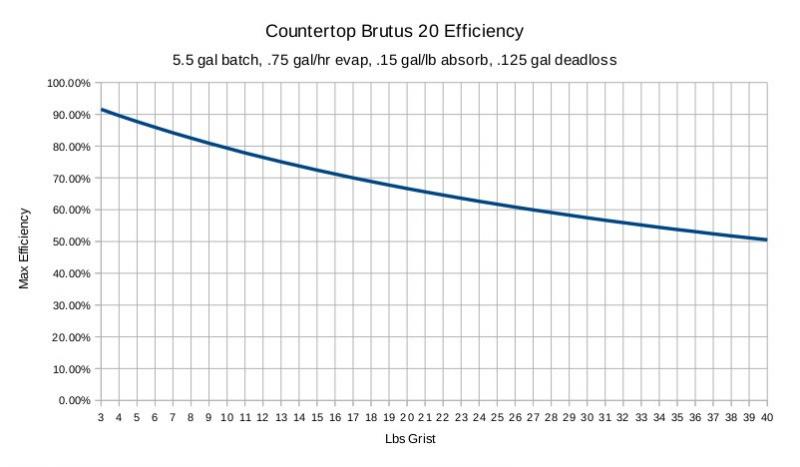I threw together this spreadsheet to help me decide on how I want to split up my MLT water and BK water during recirc.
Areas in blue are changeable values.
There are 3 different 'sections':
The spreadsheet is just a guideline to help me get started. I'm sure it'll get tweaked some when I actually brew something.
View attachment Mash ratio.zip
Areas in blue are changeable values.
There are 3 different 'sections':
- a percentage split between mash water and BK water
- a specific water/grain ratio in qts/lb
- a specific amount of water in BK (useful as described below)
- MLT: 16 gal (it's actually a 17.5 gal cooler, but I left room)
- Total water: 14 gal (yes, my BK will hold 15.5, but again, I left room)
- BK water volume: I set it to warn me (yellow background) for less than my desired 4 gal (this is the volume I need to use my BK thermometer to monitor mash temp) and warn me (red background) for less than 0.3 (below this and it's getting close to empty and the pump would suck air and lose prime), also warn (red) when above 14 gal
- Water/grain ratio: warn (yellow) when between 1 to 1.25 qts/lb and warn (red) when less than 1 qt/lb
The spreadsheet is just a guideline to help me get started. I'm sure it'll get tweaked some when I actually brew something.

View attachment Mash ratio.zip





